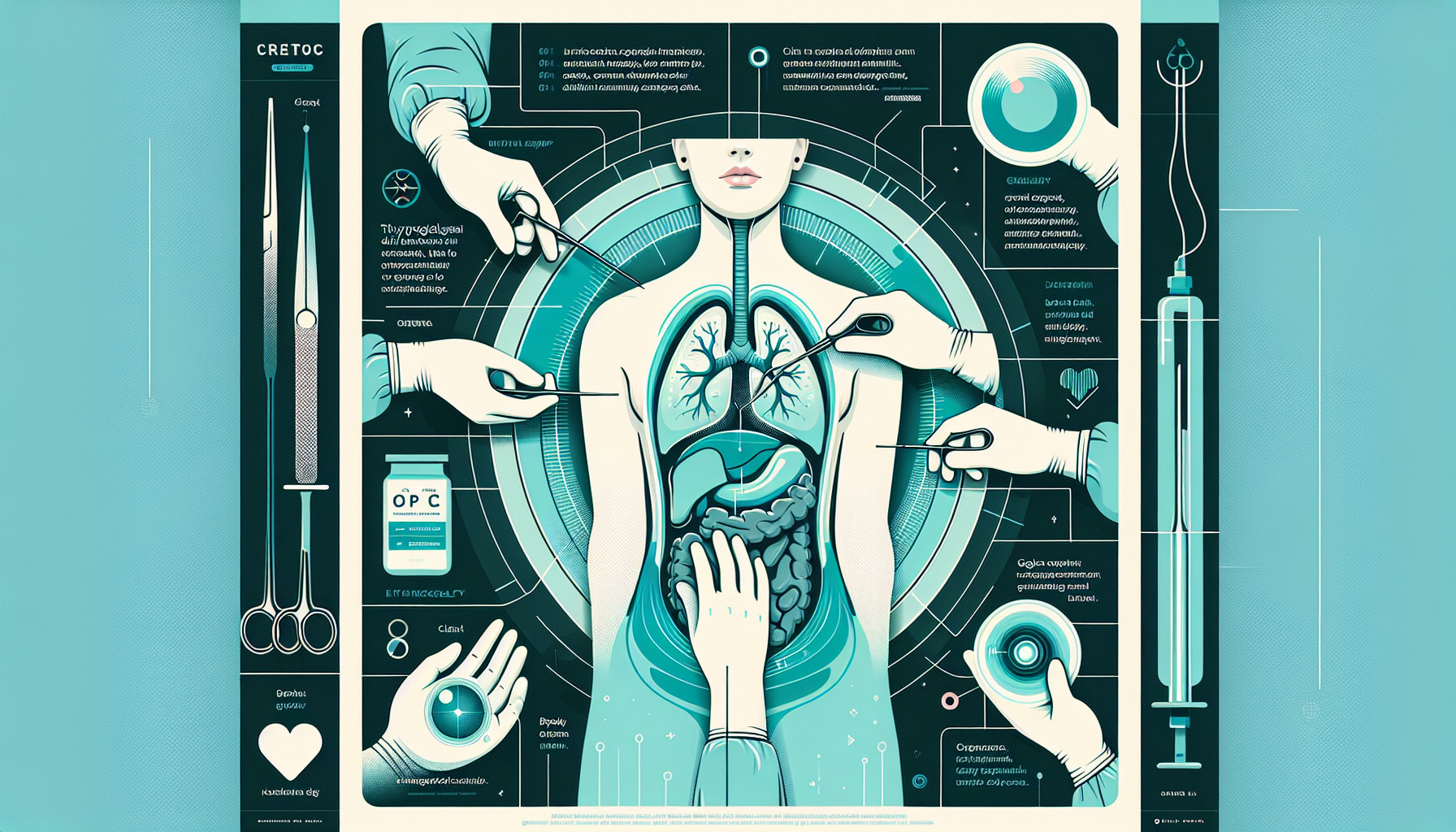Our Summary
This research paper looks at a new way to remove thyroglossal duct cysts (TGDCs) - which are common growths in the neck - using an endoscopy-assisted method. The traditional surgical method often leaves a visible scar on the neck, so researchers wanted to see if a technique involving an endoscope (a thin, flexible tube with a camera) could be a better choice for patients who are concerned about scarring. They reviewed existing research on the topic and found that 85 patients had successfully had TGDCs removed using endoscopy-assisted surgery. The time it took to do the surgery varied, and was anywhere between 50 minutes to 480 minutes. The cysts that were removed were between 1 to 3 cm in diameter. Only a small percentage of patients (8%) reported complications, such as infection, bruising, or speech difficulties, and there were no cases where doctors had to switch to the traditional method mid-surgery or where the cysts came back after surgery. The researchers conclude that while the endoscopy-assisted method shows promise for better cosmetic results and safety, there’s not enough evidence yet to say it’s better than the traditional surgery method.
FAQs
- What is the new method discussed in the research for removing thyroglossal duct cysts (TGDCs)?
- What are the potential complications of the endoscopy-assisted method for TGDC removal?
- How does the endoscopy-assisted method compare to the traditional surgery for TGDCs in terms of effectiveness and safety?
Doctor’s Tip
One helpful tip a doctor might tell a patient about thyroglossal duct cyst removal using endoscopy-assisted surgery is to follow post-operative care instructions carefully to minimize the risk of complications and promote proper healing. This may include keeping the incision site clean and dry, avoiding strenuous activities that could disrupt the healing process, and taking any prescribed medications as directed. Additionally, patients should follow up with their doctor for any scheduled appointments to monitor their recovery progress.
Suitable For
Patients who are typically recommended for thyroglossal duct cyst removal include those who have:
- Symptoms such as difficulty swallowing, breathing, or speaking due to the cyst pressing on surrounding structures in the neck.
- Recurrent infections or inflammation of the cyst, leading to pain, redness, and swelling in the neck.
- Enlargement of the cyst, causing cosmetic concerns or discomfort.
- Concerns about scarring from traditional surgical methods and a preference for a minimally invasive approach using endoscopy-assisted surgery.
- A diagnosis of a suspicious or malignant (cancerous) cyst that requires removal for further evaluation and treatment.
Overall, patients who experience symptoms or complications related to a thyroglossal duct cyst, or who have concerns about scarring and cosmetic outcomes, may be recommended for cyst removal surgery. It is important for patients to consult with their healthcare provider to determine the most appropriate treatment plan based on their individual circumstances.
Timeline
Before the thyroglossal duct cyst removal:
- Patient notices a lump or swelling in the neck area.
- Patient consults with a healthcare provider who may order imaging tests to confirm the presence of a thyroglossal duct cyst.
- Treatment options are discussed, including the possibility of surgery to remove the cyst.
- Patient undergoes pre-operative assessments and preparations for the surgery.
After the thyroglossal duct cyst removal:
- Patient undergoes endoscopy-assisted surgery to remove the cyst.
- Surgery may take anywhere from 50 minutes to 480 minutes, depending on the size and complexity of the cyst.
- Patient may experience some post-operative complications such as infection, bruising, or speech difficulties, although these are rare.
- Patient is monitored for any signs of recurrence of the cyst after surgery.
- Follow-up appointments are scheduled to assess healing and monitor for any long-term complications.
- Patient may experience improved cosmetic results compared to traditional surgery methods due to the minimally invasive nature of the endoscopy-assisted technique.
What to Ask Your Doctor
What are the potential risks and complications associated with thyroglossal duct cyst removal using the endoscopy-assisted method?
How long is the recovery period after surgery, and what can I expect in terms of pain and discomfort?
Will I have a visible scar after the surgery, and if so, how can it be minimized or treated?
How many procedures of this type have you performed, and what is your success rate?
What is the likelihood of the cyst coming back after surgery, and what can be done to prevent recurrence?
Are there any specific post-operative care instructions or restrictions that I should follow?
How long will the surgery take, and will I need to stay in the hospital overnight?
What are the alternatives to surgery for treating a thyroglossal duct cyst, and how do they compare in terms of effectiveness and recovery time?
Will I need to undergo any additional tests or imaging studies before the surgery to evaluate the cyst and surrounding structures?
Can you provide me with more information about the endoscopy-assisted method and why you believe it may be a better option for me compared to traditional surgery?
Reference
Authors: Du M, Chen S, Wu Y, Wang D, Wu J, Zhao Y, Wu K, Liu Y. Journal: Laryngoscope. 2024 Jul;134(7):3038-3043. doi: 10.1002/lary.31283. Epub 2024 Jan 18. PMID: 38238899
